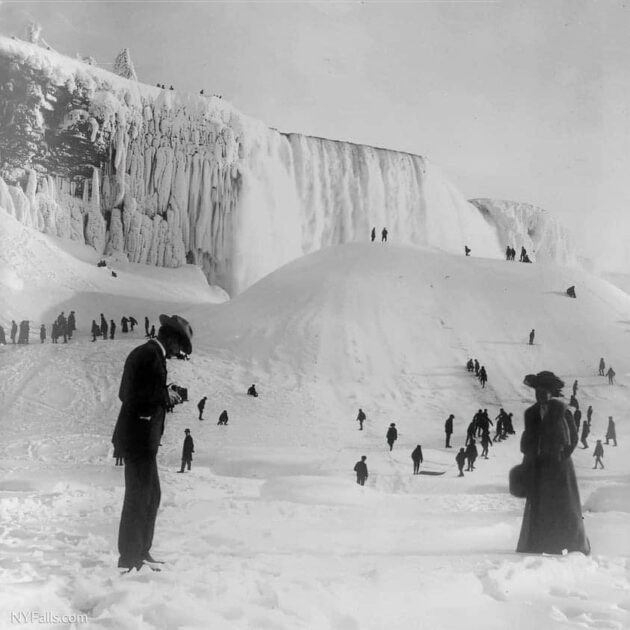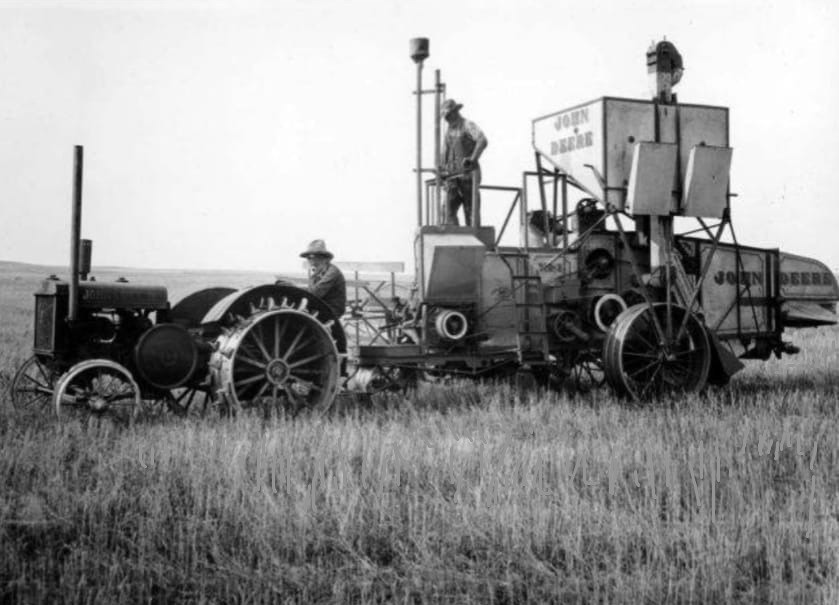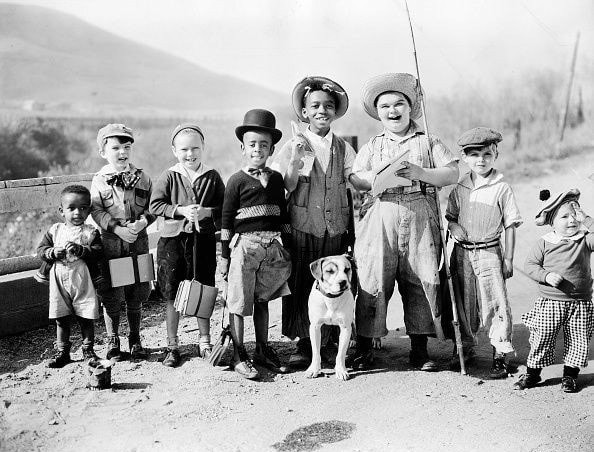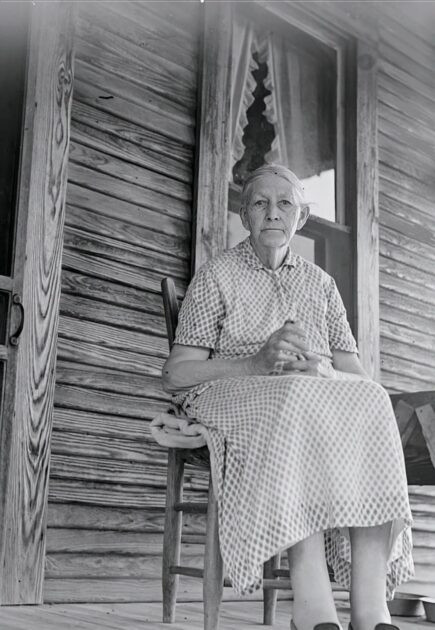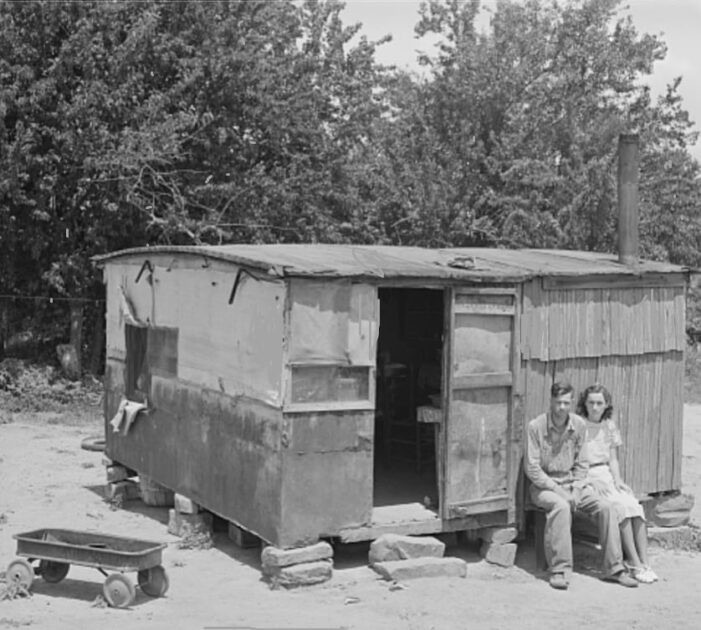Charlie Chaplin in 1916: The Dawn of a Silent Era Icon
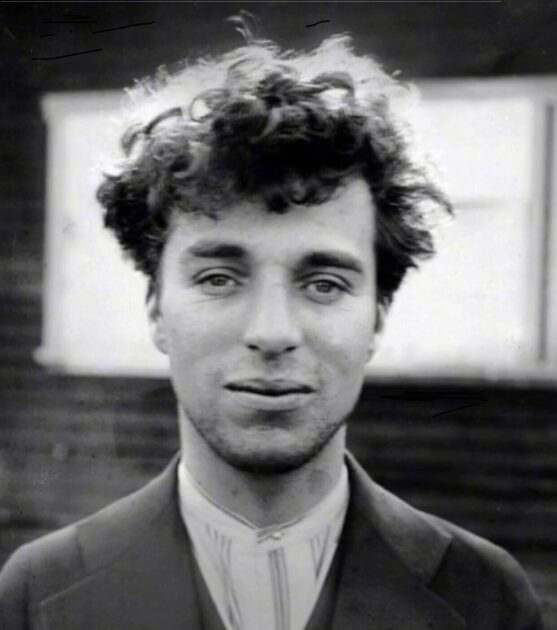
In the annals of cinematic history, few names evoke as much nostalgia, admiration, and laughter as that of Charlie Chaplin. Revered for his timeless portrayal of the lovable tramp character, Chaplin remains an enduring symbol of the silent film era. However, before he donned the iconic mustache and bowler hat, there existed a young and ambitious Chaplin, carving his path in the nascent world of cinema.
In 1916, at the tender age of 27, Charles Spencer Chaplin found himself at a critical juncture in his career. Born into poverty in London, England, Chaplin had experienced a tumultuous upbringing marked by hardship and adversity. Yet, it was these very experiences that would come to shape his unique comedic sensibilities and unparalleled artistic vision.
It was in the year 1916 that Chaplin, already a seasoned performer in vaudeville and British music halls, made the pivotal decision to venture across the Atlantic to the burgeoning epicenter of the film industry—Hollywood. Armed with little more than his talent, wit, and determination, Chaplin set foot on American soil, poised to make his mark in the world of motion pictures.
It didn’t take long for Chaplin to captivate audiences and filmmakers alike with his unparalleled comedic timing and expressive physicality. His breakthrough came with the creation of the character known simply as “The Tramp” in the 1914 short film, “Kid Auto Races at Venice.” Dressed in ill-fitting clothes, oversized shoes, and his trademark cane, Chaplin’s portrayal of the endearing vagabond struck a chord with audiences, laying the foundation for his ascent to cinematic stardom.
By 1916, Chaplin had already amassed a considerable body of work, starring in a string of successful short films for Keystone Studios and Essanay Studios. However, it was during this transformative period that Chaplin began to assert greater creative control over his projects, paving the way for the evolution of his artistic vision.
In the absence of his trademark mustache, Chaplin’s youthful visage radiated a certain innocence and vulnerability, endearing him to audiences in a way that transcended language and cultural barriers. It was a time of experimentation and innovation, as Chaplin honed his craft both in front of and behind the camera.
One of the most notable films from this era was “The Pawnshop” (1916), directed by Chaplin himself. In this comedic masterpiece, Chaplin showcased his remarkable versatility as an actor and filmmaker, weaving together a tapestry of slapstick humor and heartfelt emotion. From the frenetic antics of the pawnshop floor to the tender moments of human connection, Chaplin’s genius was on full display, foreshadowing the cinematic triumphs that lay ahead.
As Chaplin continued to refine his craft, his star continued to rise, culminating in the creation of his own independent film studio, United Artists, in 1919. It was here that Chaplin would produce some of his most iconic and enduring works, including “The Kid” (1921), “The Gold Rush” (1925), and “City Lights” (1931), solidifying his status as a cinematic legend.
Looking back on Chaplin’s early years in 1916, it is evident that even in the absence of his famed mustache, he possessed a rare talent and charisma that transcended the silver screen. His ability to evoke laughter, tears, and everything in between remains a testament to the timeless power of his artistry. As we celebrate Chaplin’s legacy, let us not forget the young and ambitious performer who embarked on a journey that would forever alter the course of cinematic history.
